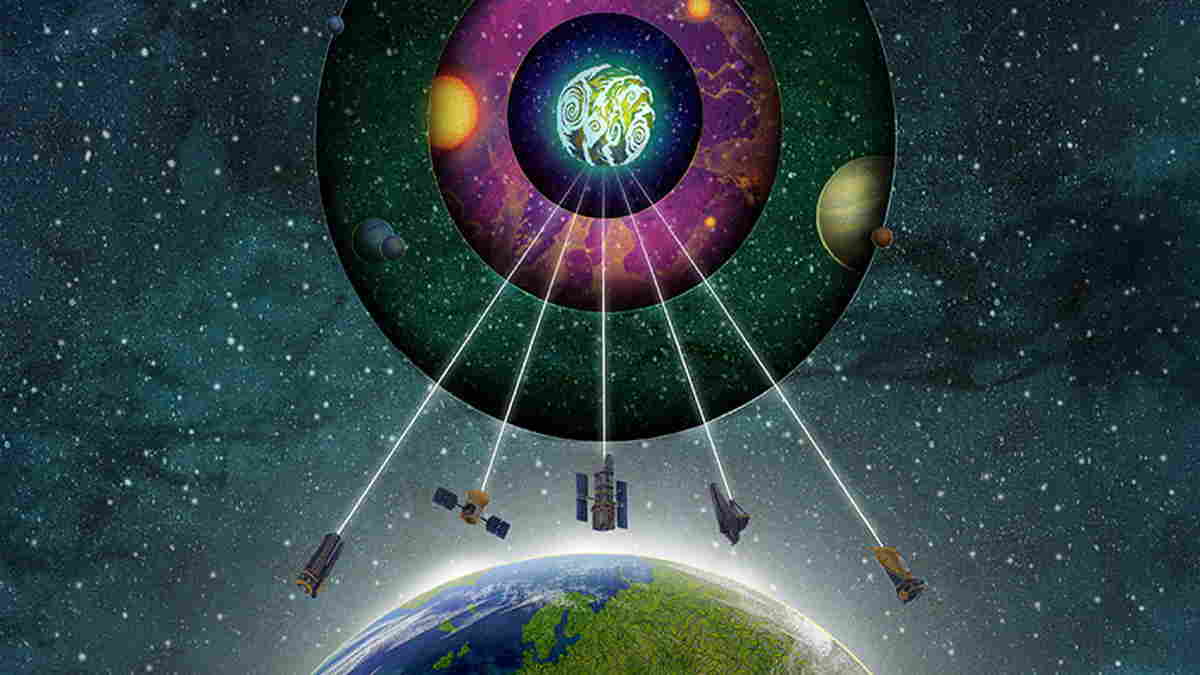Signs of exoplanetary life may be detected in the future with highly sophisticated space telescope instruments.
You certainly know that the universe is very wide. However, until now only Earth has had signs of life in the entire universe.
Until now scientists are also still trying to find out if there is life on other planets. To detect this life, astrobiologists have their own way.
Read Also: New Exoplanet TOI 179b, Has Unique Characteristics and Hot Temperatures
How to Spot Signs of Exoplanet Life?
So far, Earth is the only place that has any sign of life. However, it is possible that there is actually other life in this universe.
Actually, astrobiologists also have their own way of detecting life on other planets that are very far from our galaxy or called exoplanets.
They will study light from stars that interact with the surface or atmosphere of the planet.
If the atmosphere or surface of a planet has life, then the light will carry clues that are known as “biosignatures”.
Earth also experienced a very faint biosignature in the first half of its state. At that time the Earth did not have oxygen even though there was simple single-celled life.
Earth’s biosignature then changed about 4.2 billion years ago or when this new family of algae evolved. Then the algae produce free oxygen by using the process of photosynthesis.
Since then, Earth’s atmosphere has been filled with oxygen and has left a strong biosinature that is easily detectable in light passing through it.
Read Also: Discovery of Exoplanet WD 1856 b Orbiting an Untorn White Dwarf
Measuring Light Change
Astronomers can try to find signs of exoplanet life by measuring changes in light waves.
The pattern of light lost will depend on the specific composition of the material that has interacted with the light.
Therefore, astronomers can actually learn something about the composition of the atmosphere or surface of an exoplanet by measuring the color of light.
This method is also useful for recognizing the presence of certain atmospheric gases associated with life, such as methane or oxygen, for example.
Read Also: Earth-like planet found, there is liquid water in the atmosphere of the habitable zone exoplanet
Need a Super Advanced Telescope, JWST?
Chris Impey and Daniel Apal of the University of Arizona explain that future very powerful telescopes may be able to detect subtle changes in light coming from exoplanets.
Now actually there is also a sophisticated James Webb space telescope or JWST that can look for signs of biology by studying the paths of planets in their parent stars.
However, scientists did not plan Webb to look for signs of life, so they are only able to examine the nearest and potentially habitable world.
This telescope can only detect changes in the levels of carbon dioxide, methane, and water vapor in the atmosphere.
Meanwhile, Webb has not been able to detect the presence of unbound oxygen. In fact, it is the strongest signal as a sign of exoplanet life. (R10/HR-Online)
–


